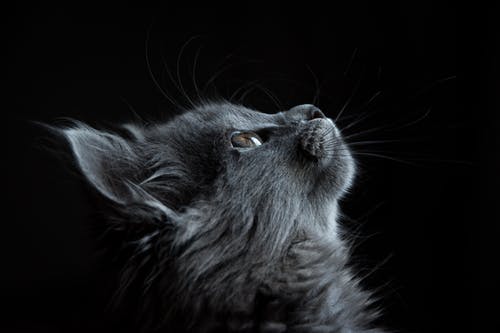Thinking about your pet’s health is normal when considering putting them through major oral surgery. These fears come from the unfamiliarity of the pet’s problem. Major surgery is complicated to ponder for the elderly and their close companions. Your experiences with pets, or those of family members and friends, have raised more concerns. Each person’s human-animal bond is unique but usually extremely solid.
There may be times when family and friends disagree on whether you need to proceed with major oral surgery for your pet. Sense of guilt feelings may arise from discussions with others regarding major oral surgery for your pet.
Should I Worry About This Type of Procedure?
Pet dentists will give dental and oral surgery consultations to aid you in overcoming these emotions by providing detailed answers to your concerns based on our clinical experiences. Knowledge of the real nature of the issue and the likely outcome of any recommended treatments is essential for making the ideal choices.
The initial surgical consultation with the information below can be highly useful. It is your chance to collect the information you need to make rational decisions. Taking your time is acceptable; however, treatment procrastination can fail.
Benefits
Many factors affect the answer; nonetheless, major surgery may be life-saving if an injury has occurred. Patients with dental and maxillofacial tumors may also benefit from life-saving surgery. Before choosing significant surgery, it is crucial to assess these patients carefully. Vets who are experts in the field of veterinary dentistry can perform CAT scans or MRI imaging, and radiologists and oncologists can identify the most effective alternative treatment. You and your vet can team up to make difficult decisions.
Post-Surgery Discomfort
Oral surgery for your pet requires careful pain monitoring. To manage pain properly, read on. Several factors make pain recognition difficult. Pets instinctively hide the pain from vets. CUPS, feline stomatitis, jaw fracture, oral lumps, and TMJ fracture cause moderate to severe pain in the majority of pets requiring major veterinary surgery in Poway, CA.
Dentigerous cysts, open-mouth jaw locking, and TMJ ankylosis require less painful oral surgery. Surgery anesthesia includes the selection of pre-operative, intra-operative, and post-operative pain medicines based on the patient’s current pain condition and the planned surgical procedure. Pain is avoided or reduced. Lots of clients are impressed that their pets appear to be much less painful after major oral surgery.
Post-Surgery Diet
For major oral surgery, dissolvable stitches are commonly used. After surgical operation, veterinarians recommend using canned food or moistened kibble for 10-14 days. It may take some time for your pet to adapt to any changes caused by the surgery when it comes to eating. To get through the adjustment time period after major oral surgery, it is usually beneficial to urge pets to eat from your hand.
Some messes will be brought on by salivation, food, and water lapping. After major oral surgery, most pets can eat within 6-12 hours. For the first 24 hours after the surgical procedure, feeding small amounts of food is recommended every few hours.
Appearance
After major dental surgery on the lower jaws, the pet still looks very normal, even after a mandibulectomy treatment. Where bone has been taken out, the tongue may protrude from the mouth. This may become less noticeable over time. There may also be an increase in saliva flow following major oral surgery.
Some pets might experience face swelling, which usually resolves without treatment within a few weeks. Because the upper and lower teeth come occluded when closing the mouth, clicking is common after partial mandibulectomy procedures. After a few months, the clicking sound in most pets becomes noticeably reduced or goes away.
Post-Surgery Care
After major oral surgery, most pets require no nursing care other than love, attention, and hand feeding. Some surgical procedures include placing feeding tubes to ensure the pet receives the recommended food, water, or medication. In these cases, written instructions for feeding tube administration will be provided.
The owner or caretaker’s primary task is to keep the feeding tube clean and feed at appropriate intervals. Only some owners find handling feeding tubes challenging or inconvenient. If nursing care is required and the owner can not provide it, you may contact professional vets that can assist with problems or provide the necessary services.
